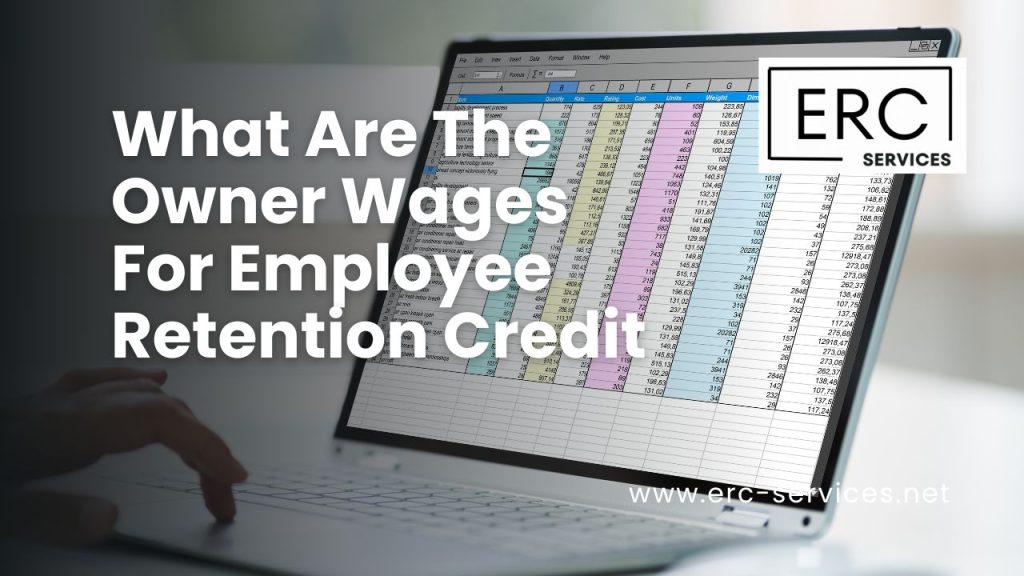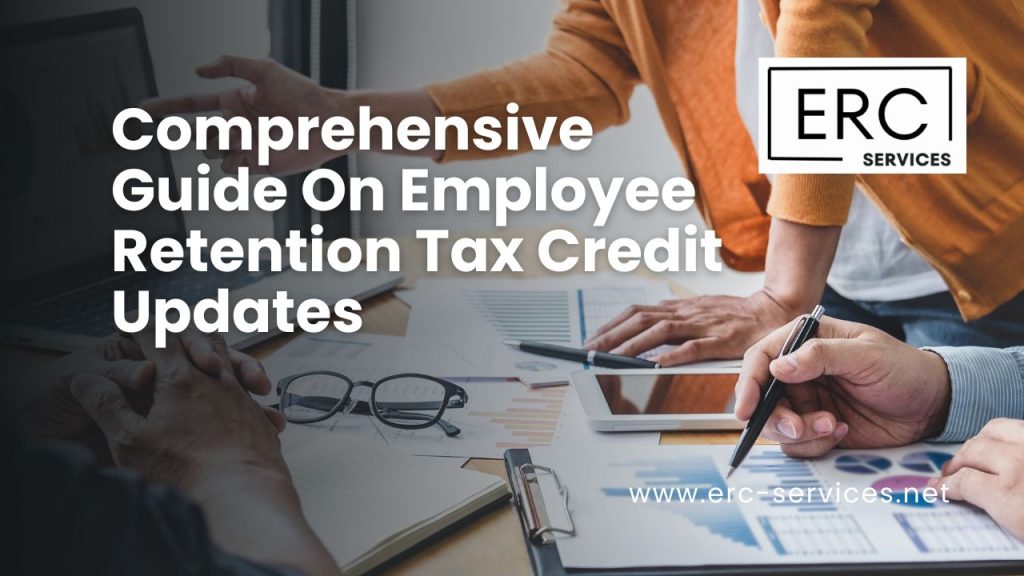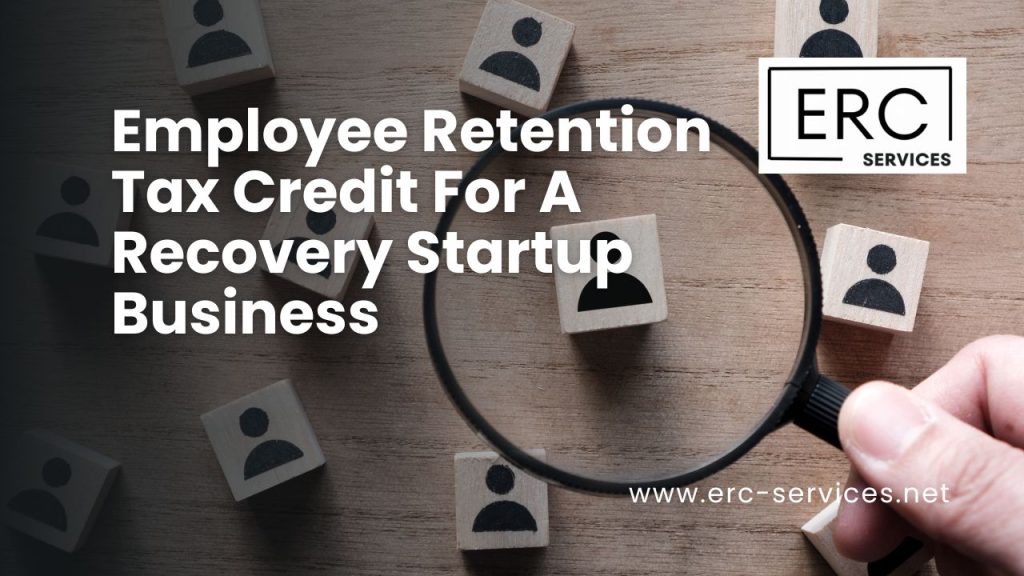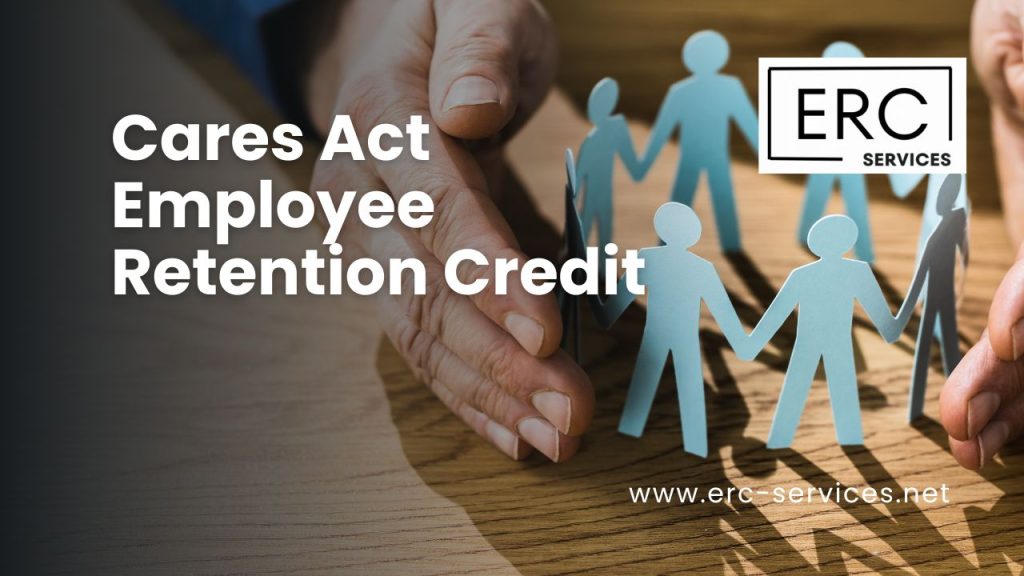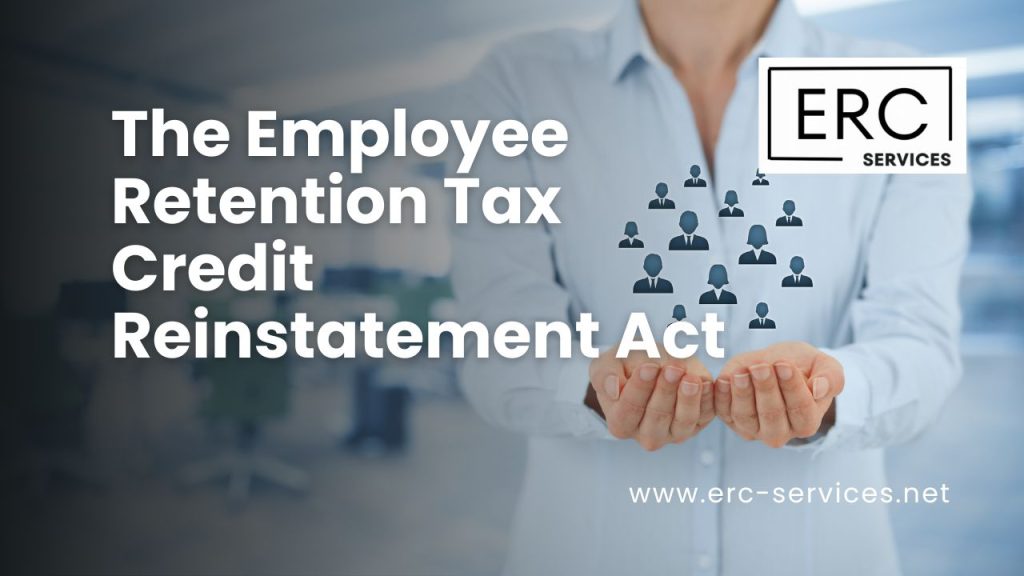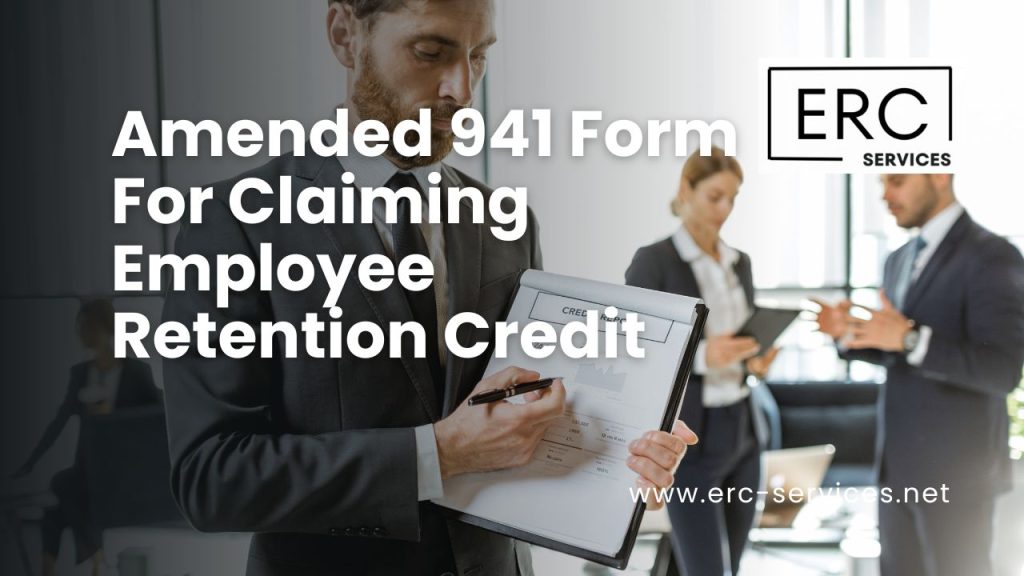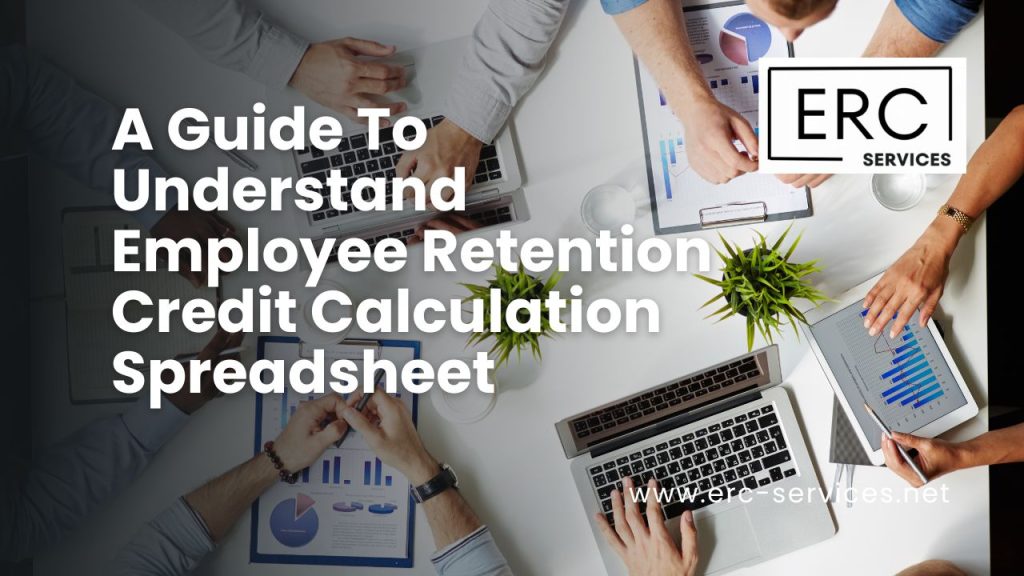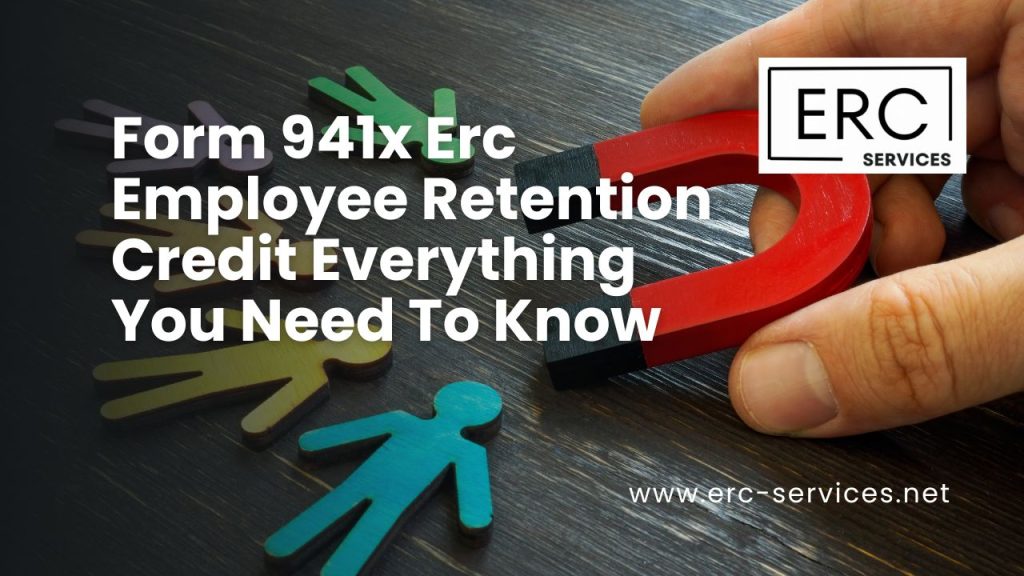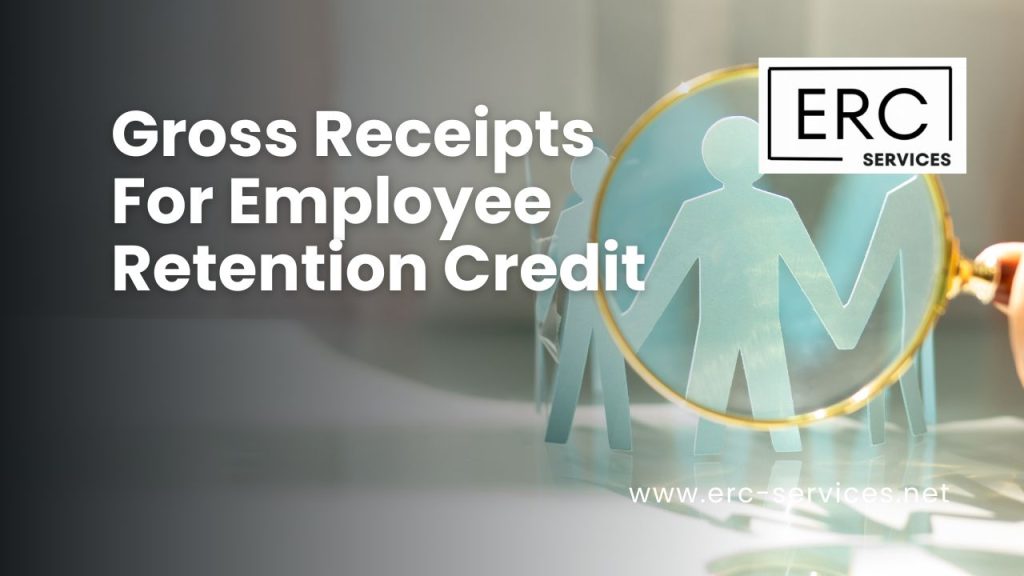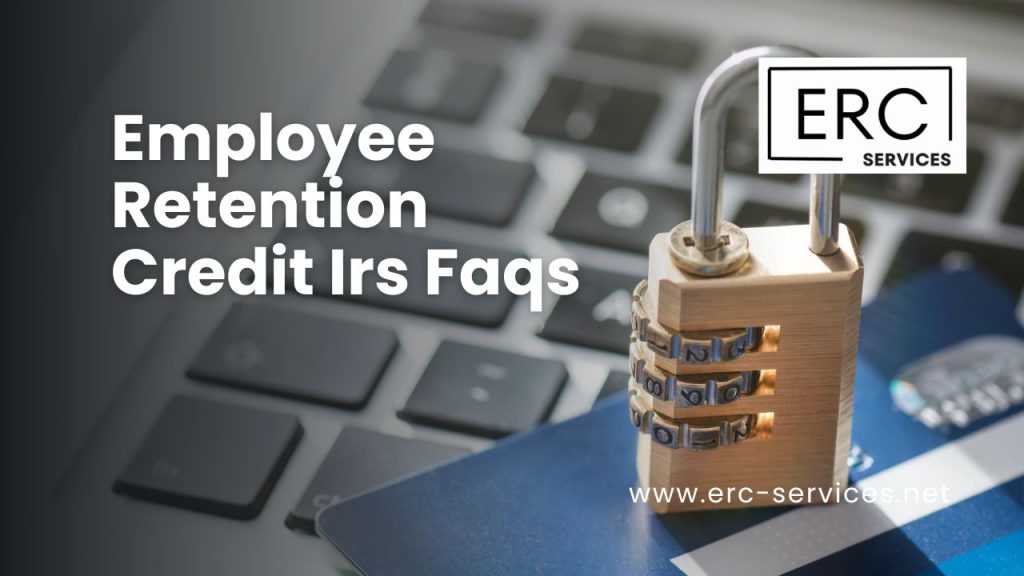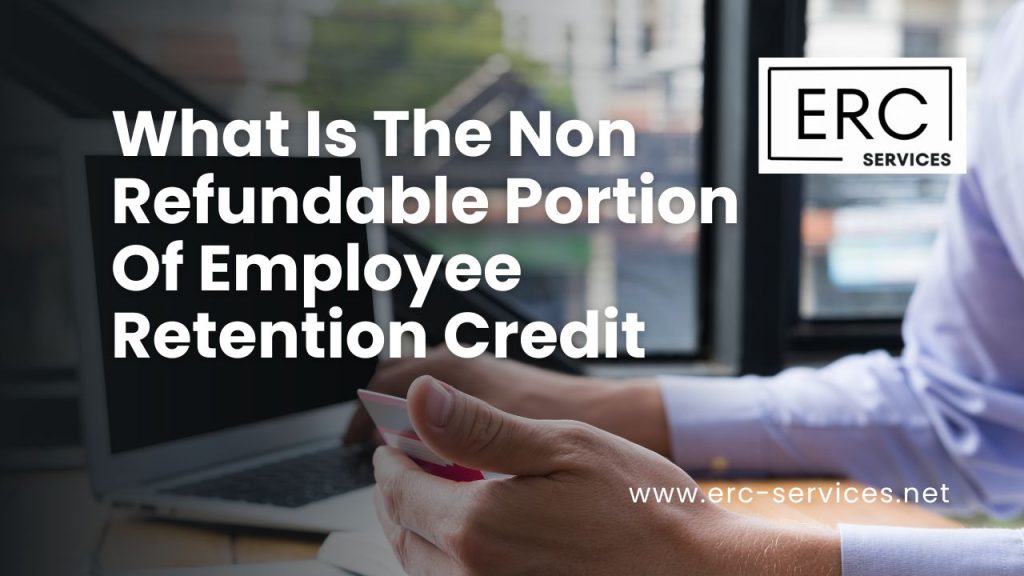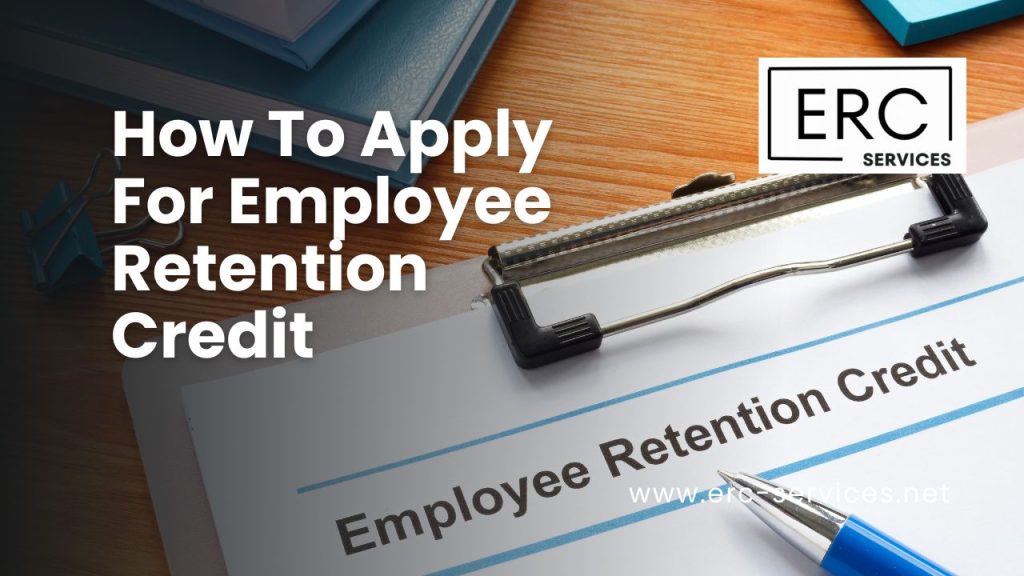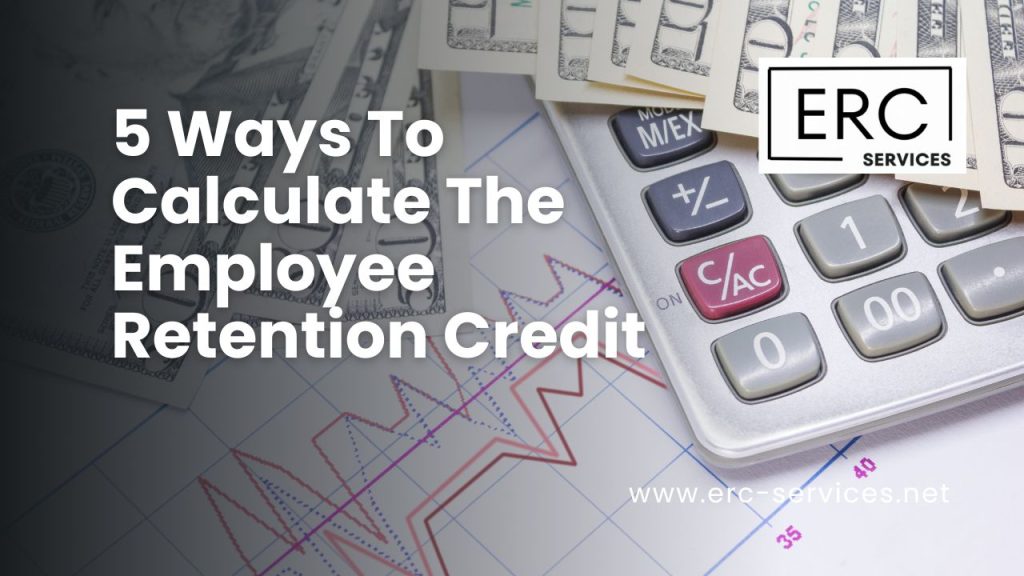ERC Refund: Where's My Money?
The Employee Retention Credit (ERC) has been a vital source of financial support for businesses affected by the COVID-19 pandemic. As a refundable tax credit, the ERC provides a financial incentive for employers to keep their employees on payroll, even during difficult times. However, due to a backlog of claims at the IRS, the refund process for the ERC can take longer than expected, leaving many businesses wondering, 'ERC refund: where's my money?'
In this article, we will delve into the ERC refund process, explaining how businesses can claim the credit, what to expect during the process, and how to avoid delays. We will provide an overview of the ERC and its purpose, before exploring the steps businesses need to take to claim the credit.
We will then examine the common causes of refund delays and offer tips for managing the process effectively. By the end of this article, readers will have a comprehensive understanding of the ERC refund process and the steps they can take to ensure they receive their money promptly.

ERC Introduction and Overview
The Employee Retention Credit (ERC), introduced by the US government in response to the COVID-19 pandemic, is a refundable tax credit designed to encourage employers to maintain their employees on payroll during the pandemic.
The ERC is claimed through an amended payroll tax return, Form 941-X, for each applicable qualifying quarter in 2020 and 2021.
To qualify for the ERC, businesses must meet specific criteria, including experiencing a significant decline in gross receipts or having a full or partial suspension of operations due to government orders.
The ERC has a significant impact on payroll taxes, as it allows employers to claim a credit of up to 70% of qualified wages paid to employees, up to a maximum of $10,000 per employee per quarter.
The credit is refundable, which means that employers can receive a refund of any excess credit after offsetting their payroll tax liabilities.
The ERC is a valuable tool for businesses struggling to maintain their workforce during the pandemic, and employers are encouraged to take advantage of this credit to help sustain their operations and support their employees.
ERC Refund Claim Process
Employers can initiate the process to claim their Employee Retention Tax Credit (ERTC) by filing an amended payroll tax return, Form 941-X, for each eligible quarter in 2020 and 2021.
The IRS requires documentation to support the credit claim, including a calculation of the credit, qualifying wages, and the number of full-time employees retained. The documentation must also include the total amount of payroll taxes reported for each quarter, the amount of qualified health plan expenses, and the amount of any advance payments received from the IRS for the ERTC.
To be eligible for an ERTC refund, the employer must have experienced a decline in gross receipts or been subject to a government shutdown order during the pandemic. Employers must also have retained their employees, either by paying them for not working or by maintaining their regular work hours.
The credit amount varies depending on the size of the employer and the length of time the employees were retained. Documentation requirements for the ERTC refund claim can be complex, and employers may benefit from consulting a tax professional or attorney to ensure compliance with IRS regulations.
Tips for Managing Refund Delays
To mitigate delays in processing, it is recommended to periodically check the status of the amended payroll tax return for the Employee Retention Tax Credit (ERTC). As mentioned earlier, the ERTC refund process can take longer than expected due to the backlog of claims at the Internal Revenue Service (IRS). Employers waiting for their ERTC refund should be prepared for a lengthy wait time, typically at least six months. It is important to note that the IRS may contact employers via mail for issues or errors with their return. Therefore, employers should respond promptly to avoid further delays in receiving their refund.
Managing frustration during this process can be challenging, but communication strategies can be helpful. Employers should communicate with their tax professionals or accountants to ensure that their ERTC refund claim is accurate and complete. Additionally, employers can contact the IRS directly through their toll-free number or send a written inquiry to request an update on the status of their refund. Overall, it is important to remain patient and stay informed throughout the ERTC refund process to ensure a successful outcome.
| Tips for Managing Refund Delays | Actions to Take |
|---|---|
| Check Status | Periodically check the status of the amended payroll tax return for the ERTC. |
| Respond Promptly | Respond promptly to any mail correspondence from the IRS to avoid further delays. |
| Communicate with Professionals | Communicate with tax professionals or accountants to ensure that the ERTC refund claim is accurate and complete. |
| Contact IRS Directly | Contact the IRS directly through their toll-free number or send a written inquiry to request an update on the status of the refund. |
Frequently Asked Questions
Are there any restrictions on how the ERC refund can be used by the employer?
The IRS guidelines specify permissible uses for the ERC refund received by the employer, which cannot be used for personal or non-business expenses. The refund can only be used to cover qualified wages and healthcare costs, as outlined by the ERC program.
Can the ERC refund be claimed for employees who were laid off or furloughed during the pandemic?
Claim eligibility for the Employee Retention Credit (ERC) refund is dependent on meeting specific criteria, such as retaining employees during the pandemic. Documentation requirements include submitting an amended payroll tax return and reducing deductions for qualified wages on amended tax returns.
Is there any deadline for claiming the ERC refund?
The eligibility criteria for claiming the ERC refund are specified by the IRS. While there is no deadline for claiming the refund, employers must file amended tax returns for each applicable quarter in 2020 and 2021.
Can the ERC refund be applied towards future payroll taxes?
The Employee Retention Credit (ERC) refund cannot be applied towards future payroll taxes. It is a refundable tax credit designed to encourage employers to keep employees on payroll during the pandemic and must be claimed through amended payroll tax returns for each qualifying quarter.
How is the non-refundable portion of the ERC credit calculated?
The calculation method for the non-refundable portion of the ERC credit is outlined by IRS guidelines. It is determined by subtracting the refundable portion from the total credit claimed on Form 941-X, Line 18a.
